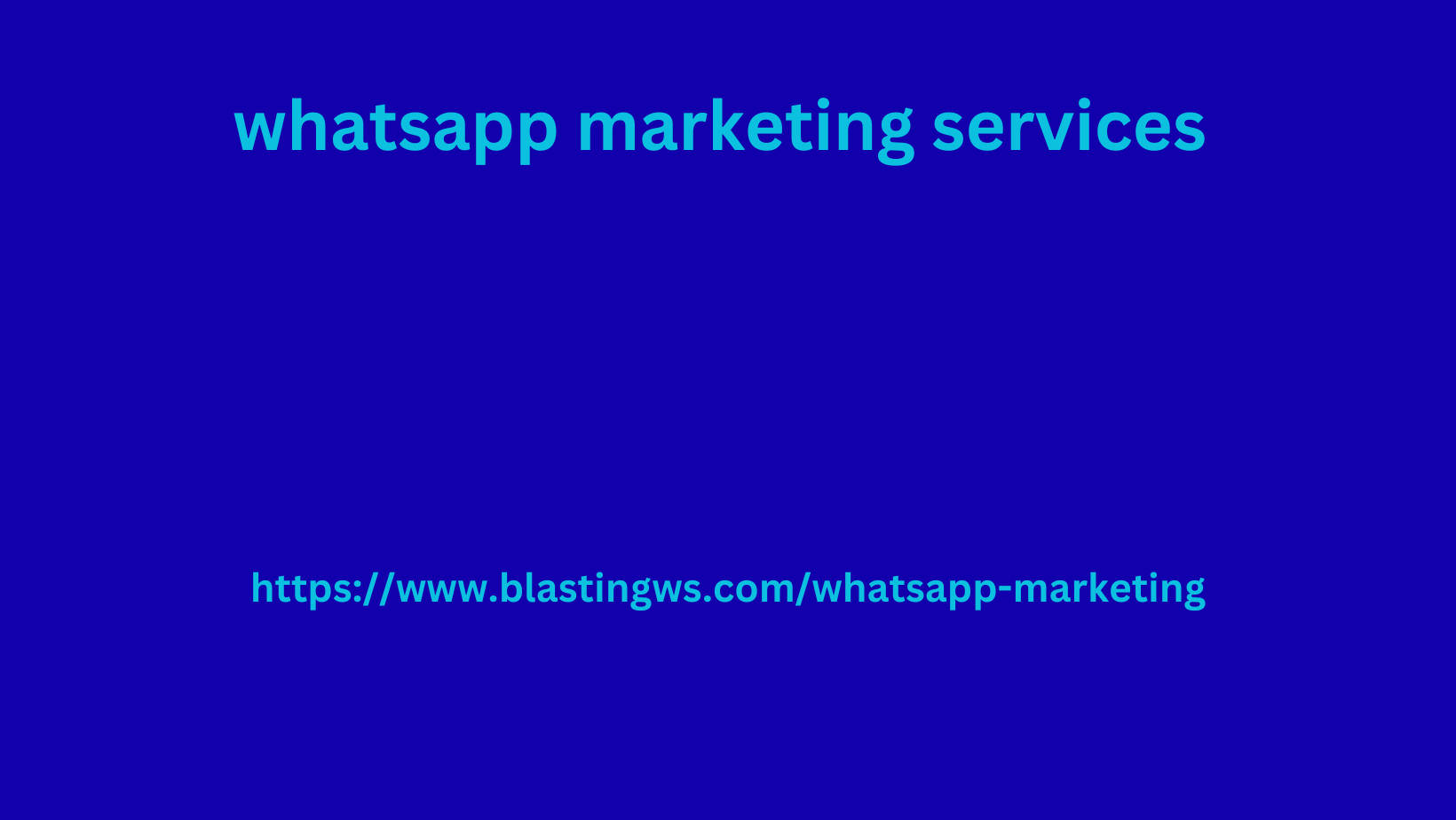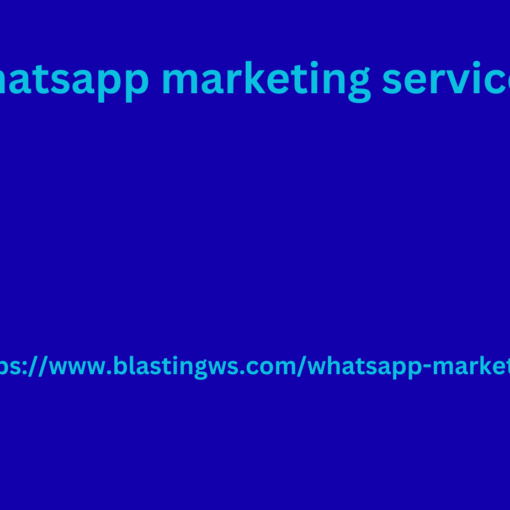We hear a lot about omnichannel. Even just by assonance, it is obvious that it is an approach to communication and sales channels, but what does it actually entail and why is it so important for companies to move in this direction? The reason is to be found in the changed market conditions and in the new habits and needs of consumers, very different from those of even just a decade ago. Let’s see what the omnichannel approach consists of and how to support it with digital tools.
Omnichannel and multichannel
In this digital age, it is easy algeria bulk whatsapp sender to feel confused about terms that are continually entering the marketing universe, bringing new evolutions to already known concepts. An example of this is precisely omnichannel vs. multichannel . The confusion is understandable, but delving into the specifics of the individual concept can help develop effective strategies and identify the right tools to fully exploit these trends.
Considering that the channels through which the buyer can get in touch with our company are different (website, social, app, etc.) multi-channel is the first step: the brand, in fact, is not present only in one channel but in many . However, these points of contact are not connected to each other: in multi-channel, information is managed in silos, often with different suppliers, without a common database and an integrated experience for the user.
The meaning of omnichannel is to be found precisely in these shortcomings that have been solve. The omnichannel approach sees, in fact, the communication channels interconnecte with each other and orchestrat with a coherent content strategy . In this way, the intereste person can not only get in touch with the company through different channels, but also live the same experience on all touchpoints, without perceiving any interruption and ideally being able to start the action in one channel and finish it in another.
Touchpoints and customer journey
Consumers today sms mailing management of a marketing campaign are omnichannel by nature . Just think about how each of us makes our purchases. Let’s reflect on a hypothetical customer journey: we start exploring possible products that meet our needs on Google, then do a search on Amazon, go to the official website of the product we are intereste in, view the social channels, then perhaps compare the price on other marketplaces, and only decide at the end if and where to make the purchase. This is an example path but there could be many others, different in type and number of channels, order of use of the individual channels and time duration.
With the advent of digital, the contact points in which our potential customer could view the product, the famous touchpoints, have multiplie . Having the smartphone always in your pocket, here is that access to online channels becomes constant and immediate, as is expecte to be the identification of the information need to make the purchase decision.
Every consumer aleart news evaluates in their own time, in the place they prefer, in the channels they deem appropriate. Predicting the exact path and channels in which the user will find out about the product and make the purchase has proven to be very complicate. Precisely for this reason, it has become essential for companies to apply an omnichannel strategy , so as to be present in a strong and coherent way in any touchpoint the user decides to learn about the brand.
PIM for an omnichannel customer experience
As demonstrate by arecent studyconducted in 8 countries including Italy, 2 out of 3 consumers, face with a negative product experience, lose confidence in the brand to the point of stopping purchasing it. Poor, incorrect or inconsistent product information between the various touchpoints can concretely lead to a miss purchase not only in the immediate future but also in the future. However, managing a multitude of channels that are continually growing, with different specifications but with a harmonious story to be guarantee to the user, is truly difficult for companies.
It is therefore essential to build a single source of information from which to feed all touchpoints. A PIM represents exactly this. Acronym for Product Information Management , a PIM software allows you to manage the entire product catalog in a single platform, collecting information from different sources (external suppliers, marketing office, purchasing office, ERP, just to name a few), then organize and enrich it to form the product sheets. With a PIM, companies can manage and modify the information only once. Then declining it appropriately depending on the specifications of the individual communication channel to which they are send.
In a complex digital journey (which obviously does not exclude physical pit-stops) such as today’s, a PIM is truly a fundamental support for offering prospects and customers an effective and consistent product experience at any touchpoint.




